Francesco Marino Di Teana-The most important sculptor of 20th century
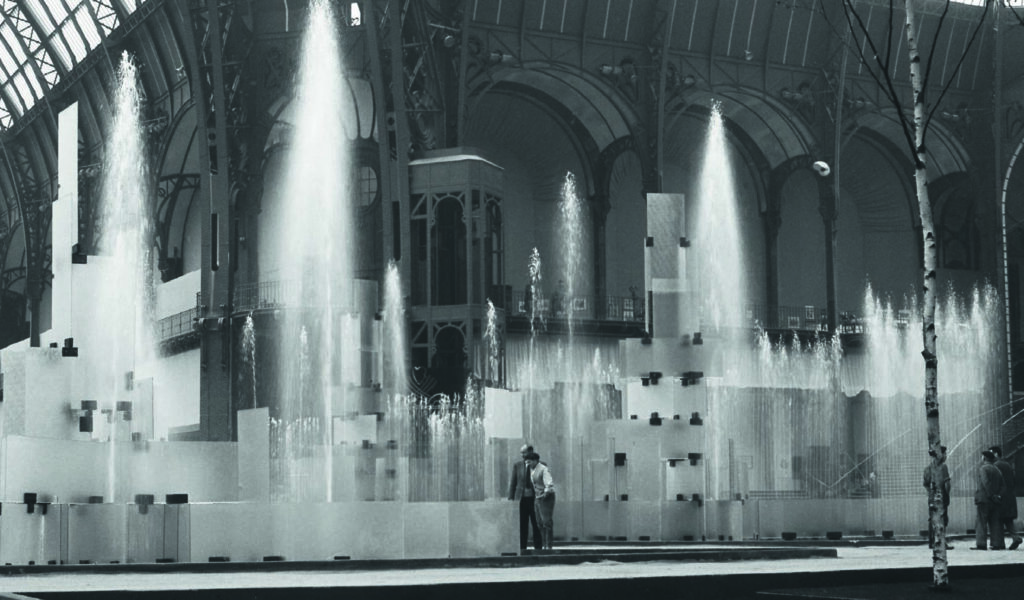
Francesco Marino Di Teana, born in the small town of Teana in southern Italy in 1920, was one of the most important sculptors of the late twentieth century. He was an apprentice on a construction site since he was a child, and he went from being a construction site foreman to becoming an architect who could take charge of himself. During World War II, he moved with his family to Buenos Aires, Argentina, where he studied at the local academy of fine arts, graduating in 1949 with a national art scholarship. After settling in France in the early 1950s, he began his great artistic career.
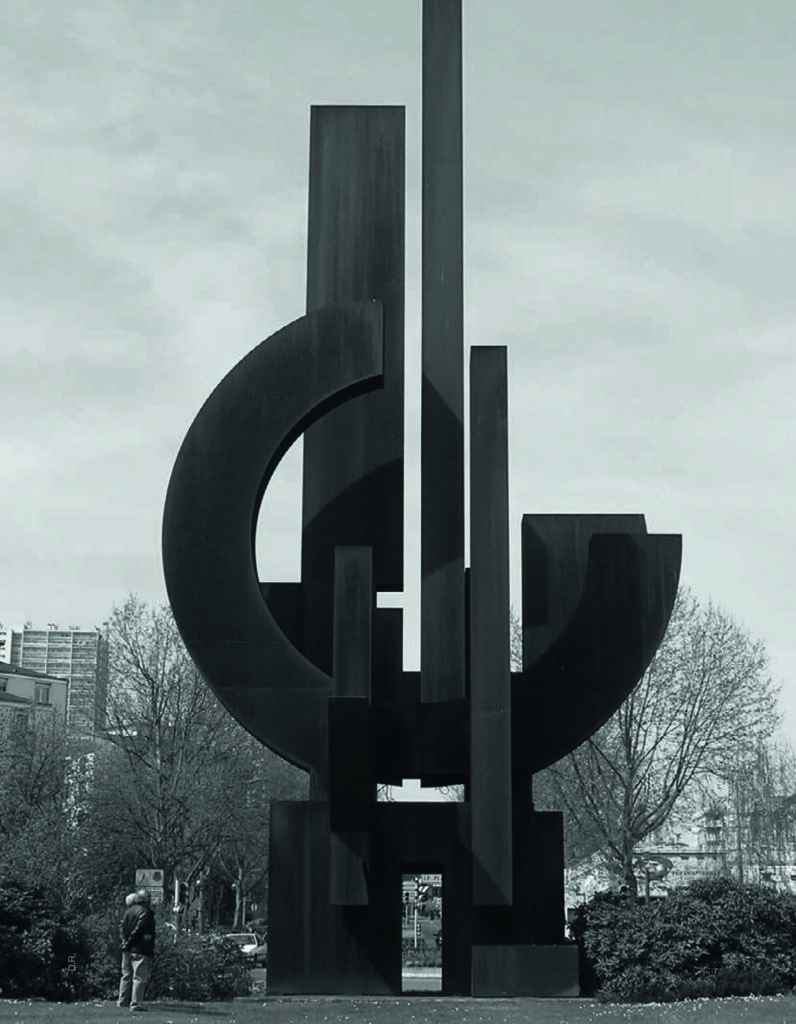
Francesco Marino Di Teana is an all-round artist who combines philosophers, architects, poets and other identities. The pursuit of perfect proportions enables tall public sculptures to cross the barriers of time and space and stand firm in the changing urban landscape. , the perpetuity of modernity. So far, there are at least fifty sculptures in public spaces in Europe. For example, the six-foot-tall sculpture installed at the French Gendarmerie headquarters in Paris in 1974, or the 21-meter-tall giant sculpture “La Liberté” installed in Fontenay-sous-bois, a suburb of Paris, France in 1990, is the current work of An artist who has installed the most outdoor public spaces. The giant installation (16 meters long and 7 meters high) that Francesco Marino Di Teana set up in 1963 in the Grand Palais in Paris linked together eight fountains is the forerunner of the well-known Grand Palais Monumenta in recent years.

In 1962, when he won the “First Prize” of the SAINT GOBAIN Sculpture Prize in the first industrial sculpture competition in France, one of the judges at the time, Alberto GIACOMETTI, who was also a well-known sculptor, publicly stated: “I vote for Marino Di Teana, because I I think his project idea is the most thorough and clear, and it is also the most abstract and precise sculpture in this exhibition, but it is also the most emotional. Between the two fields of art and construction, what impresses me most is his rhythm, Sensitivity and visual elements that belong to him. We can say that the most moving thing about an object is the composition of lines, like the structure in Mondrian’s paintings.”
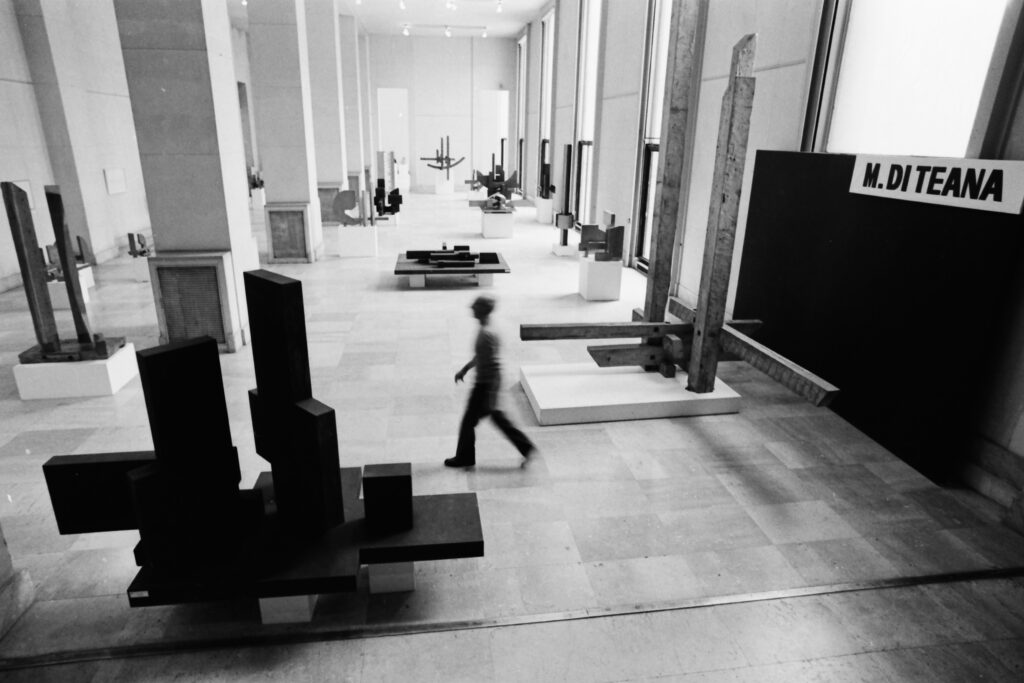
Currently the works of Francesco Marino Di Teana are not only collected by Musée National d’Art Moderne, Musée des Confluences, MAC VAL Musée d’Art Contemporain du Val-de-Marne, Musee George Pompidou in France, Musei Civici Eremitani in Italy, Ixelles in Belgium Art galleries, Switzerland’s Art and History Museum Neuchâtel, La Chaux-de-Fonds, Germany’s Munster Museum, Saarland Museum, Denmark’s Kunsthal Aarhus, etc., also have collections of works by Francesco Marino Di Teana.
The article from《KKH-BRIDGE》

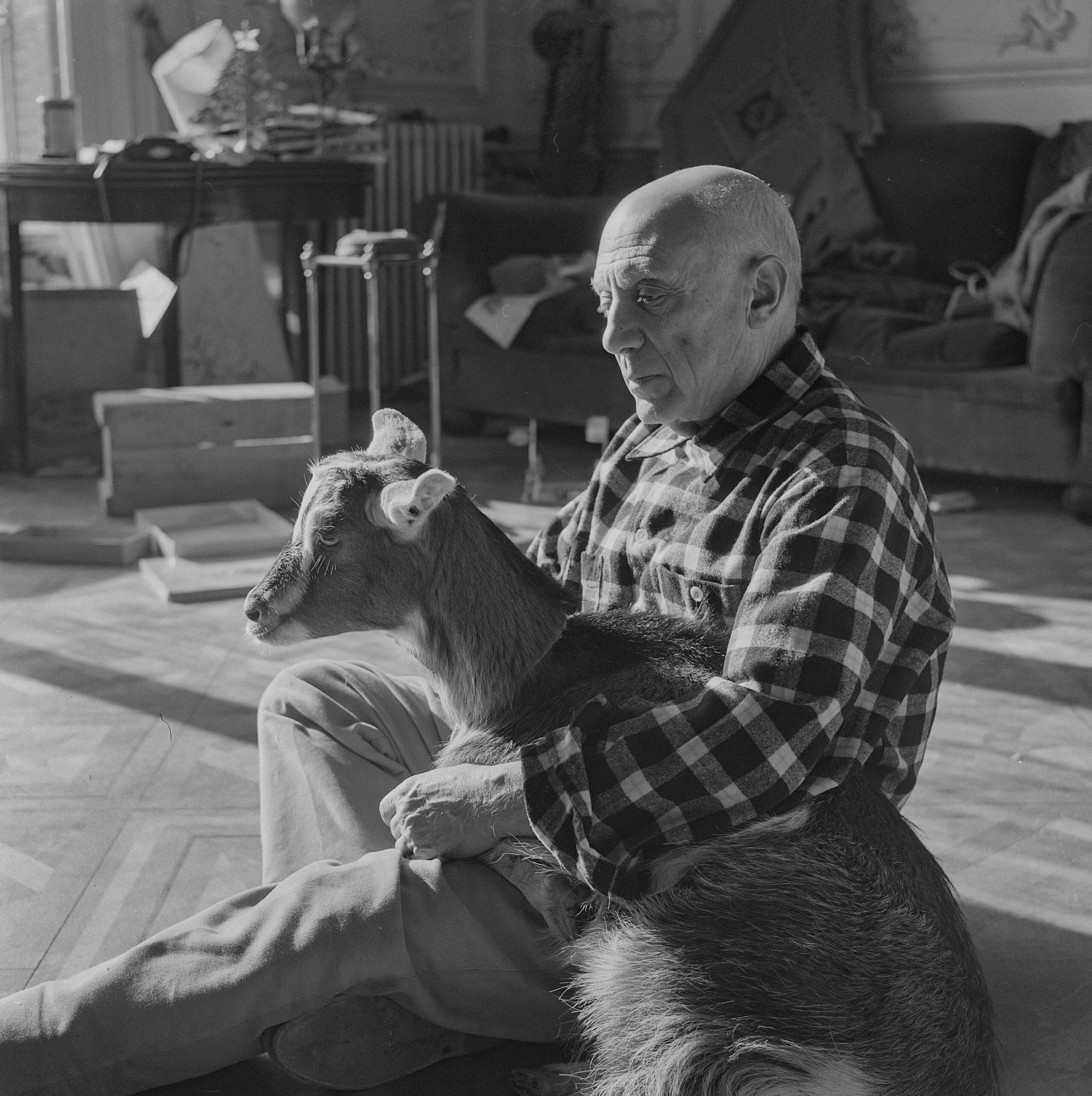
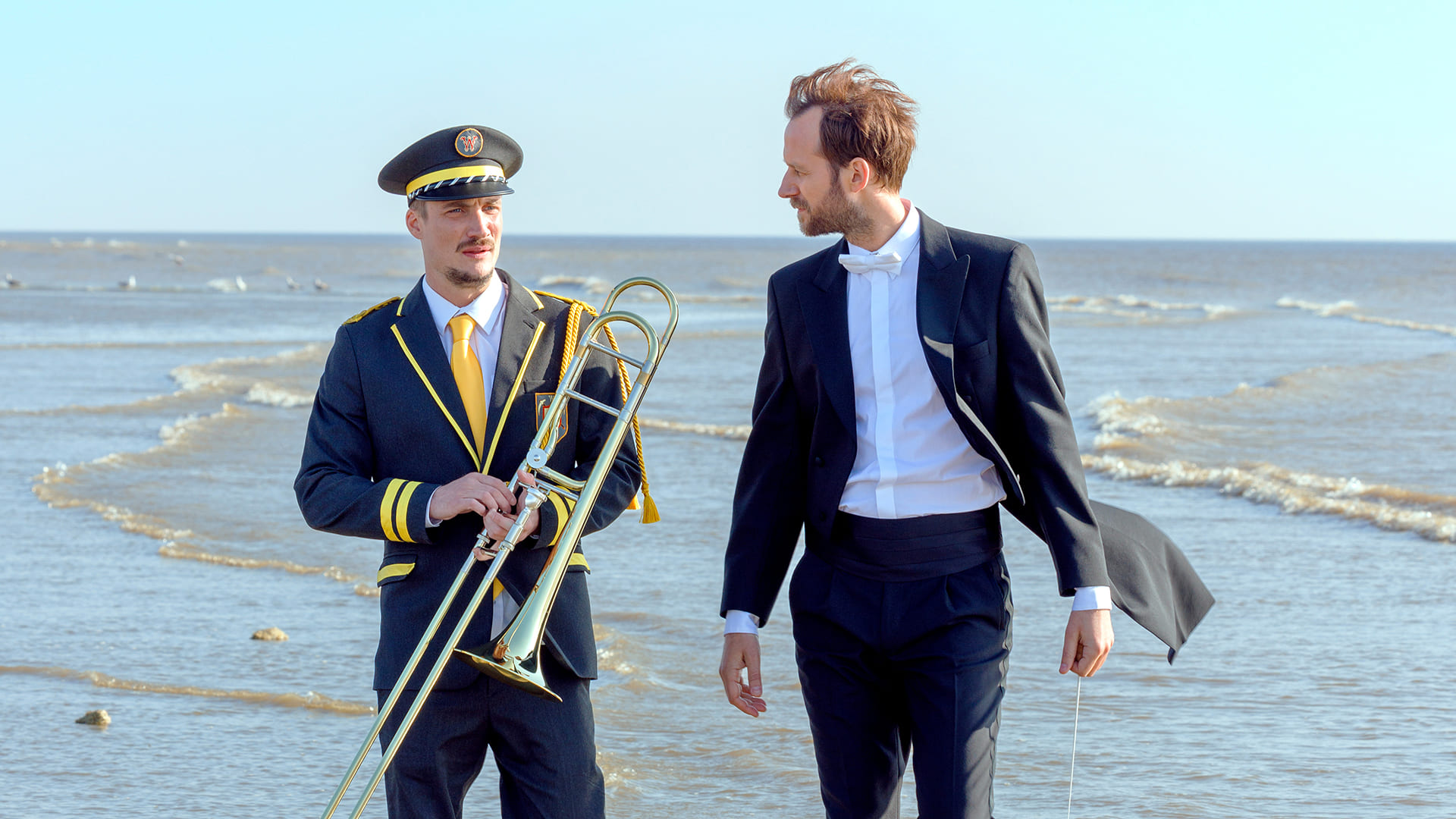
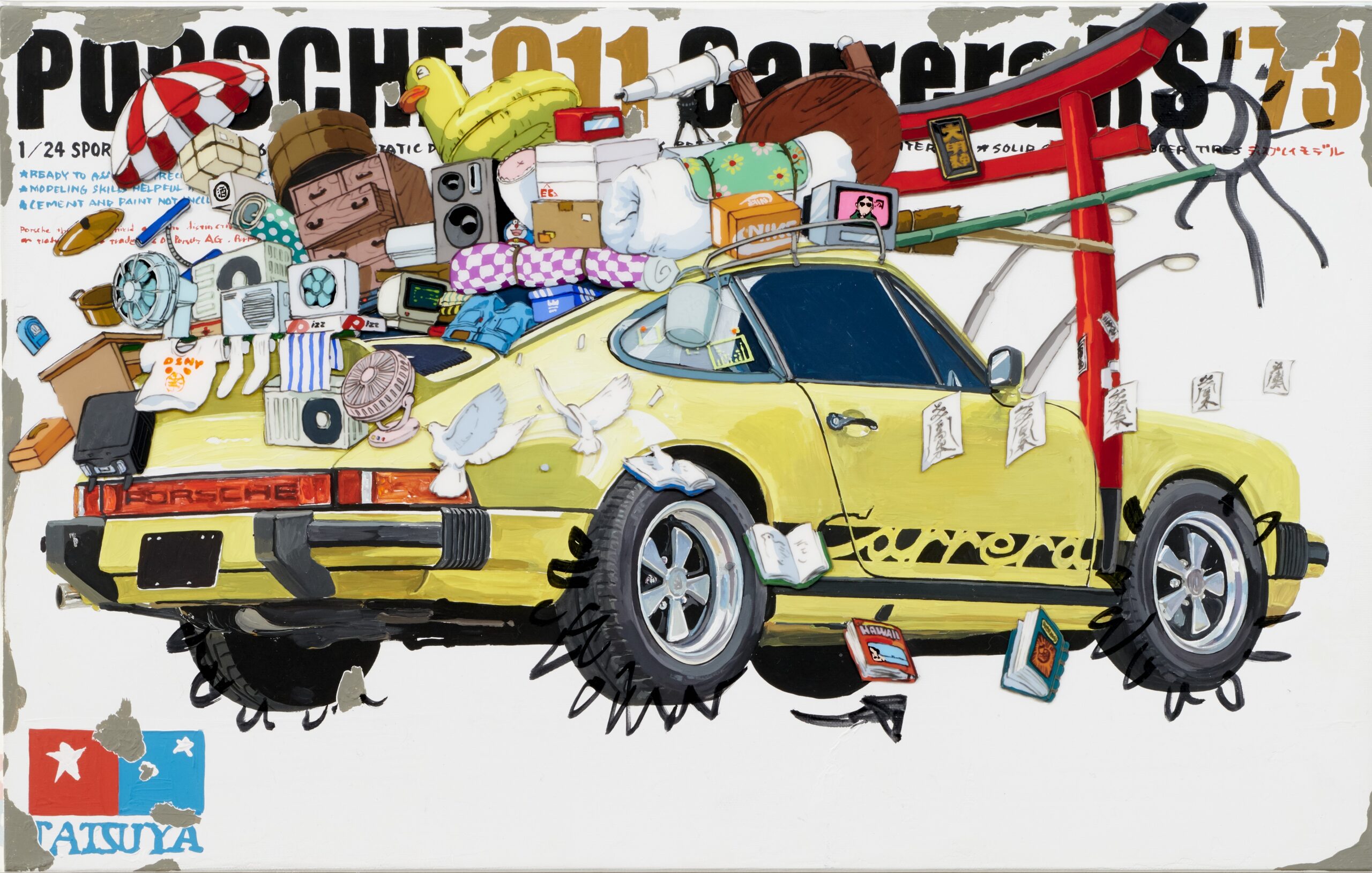
©忠泰美術館-1.jpg)